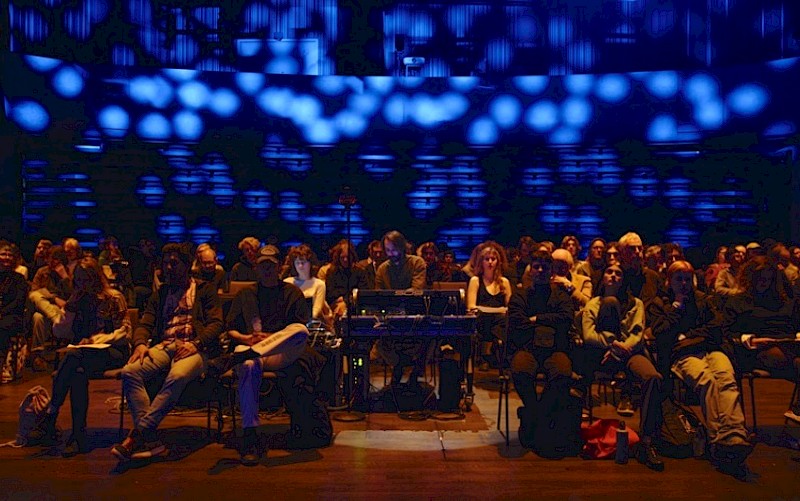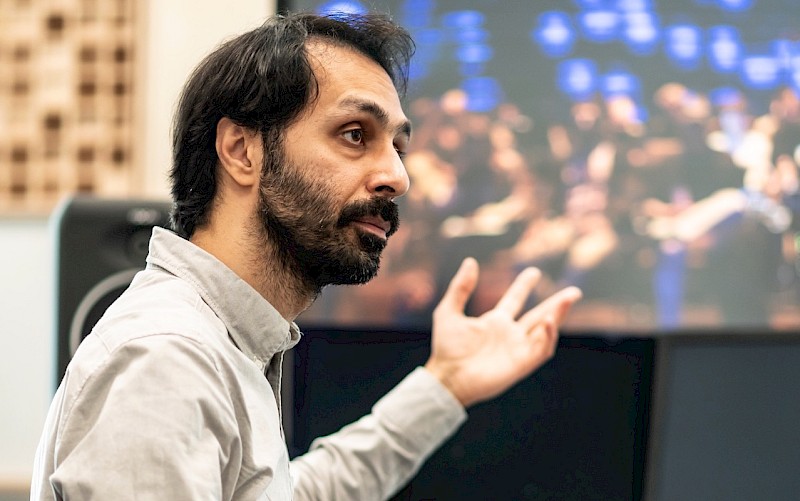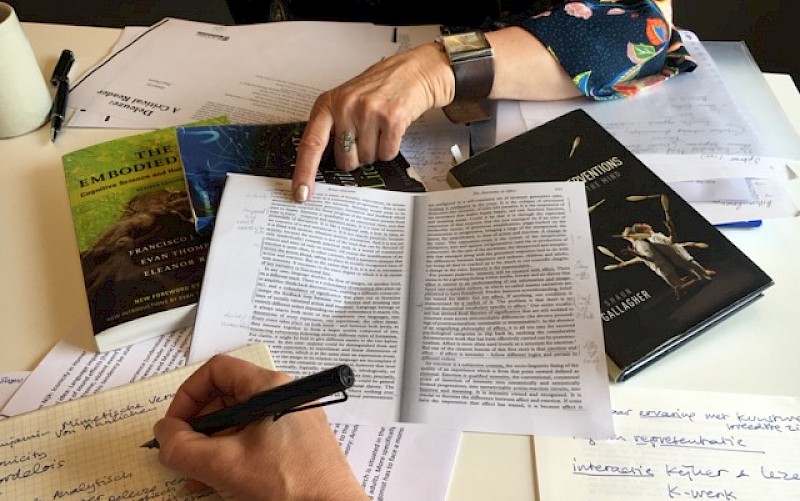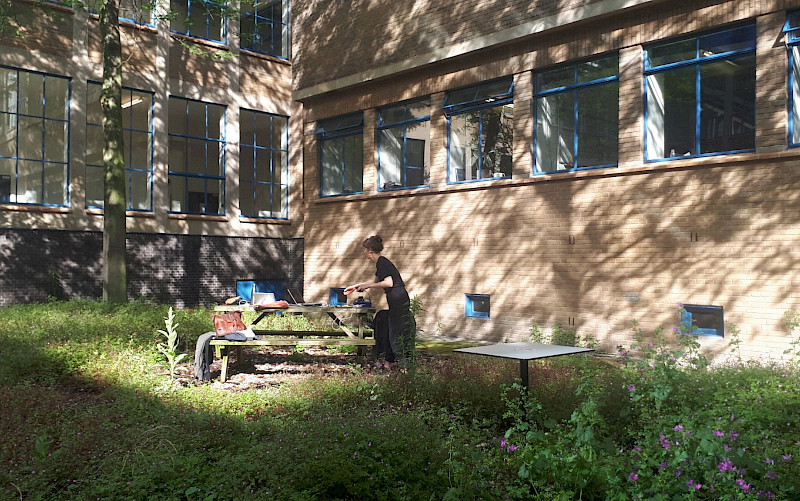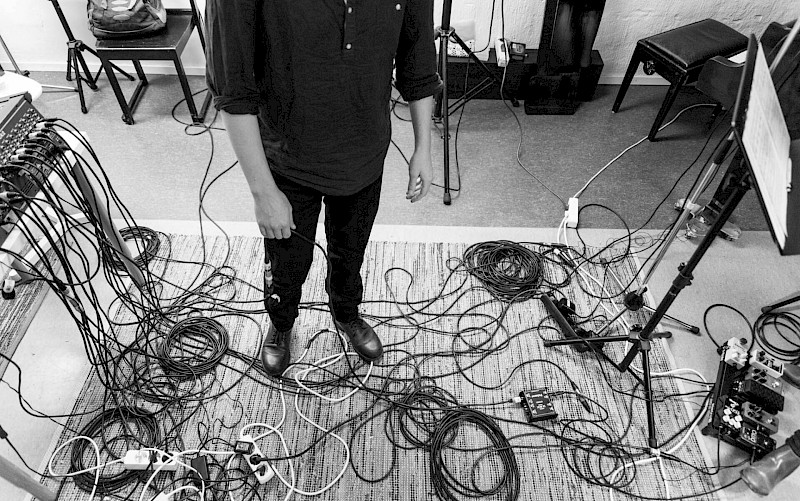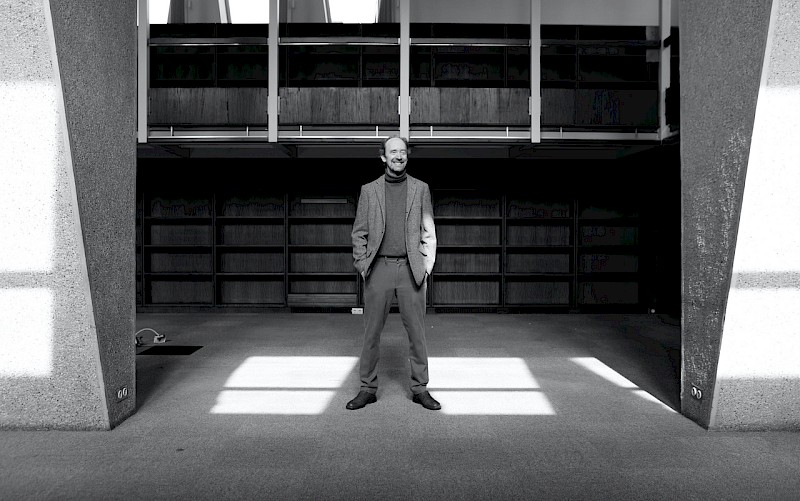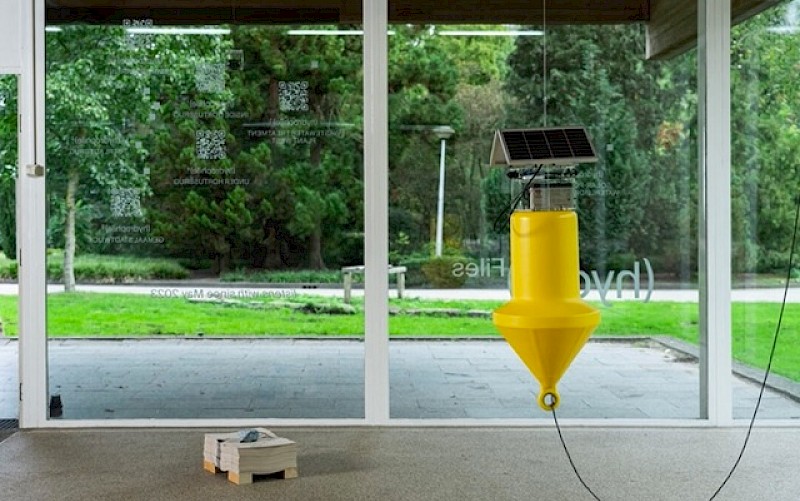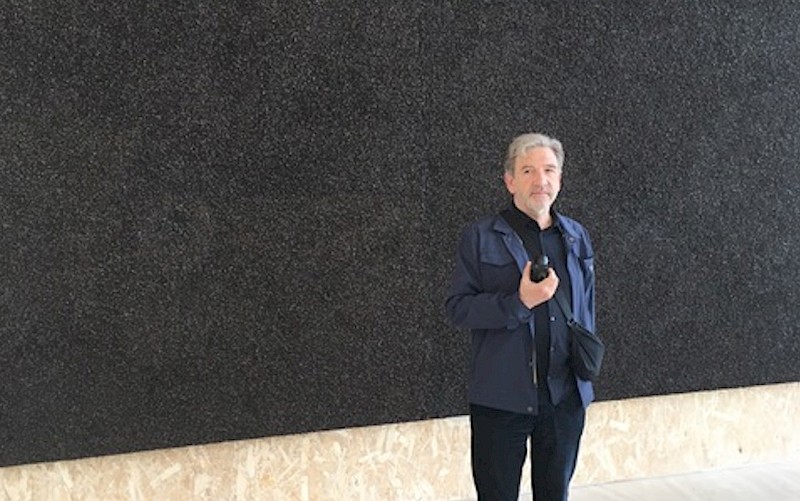The Cognitive continuum of electronic music
The use of the electronic medium to compose music entails a variety of cognitive idiosyncrasies which are experienced by both the artist and the audience. Structured around this medium on both practical and conceptual levels, this study utilizes a tripartite methodology involving artistic practice, cognitive experimentation and theoretical discourse to investigate these idiosyncrasies. All three components of this methodology operate concurrently to address a succession of questions: How do we experience electronic music? How does electronic music operate on perceptual, cognitive and affective levels? What are the common concepts activated in the listener’s mind when listening to electronic music? Why and how are these concepts activated? In this dissertation Anil Çamc argues that our experience of electronic music is guided by a cognitive continuum rooted in our everyday experiences. Çamc describes this continuum as spanning from abstract to representational based on the relationship of gestures in electronic music to events in the environment. Conducting this research has significantly expanded my comprehension of the experiential depth of electronic music. It has also affirmed my belief that we have much more to gain from the electronic medium, and that the cognitive continuum is one of its most remarkable offerings.


